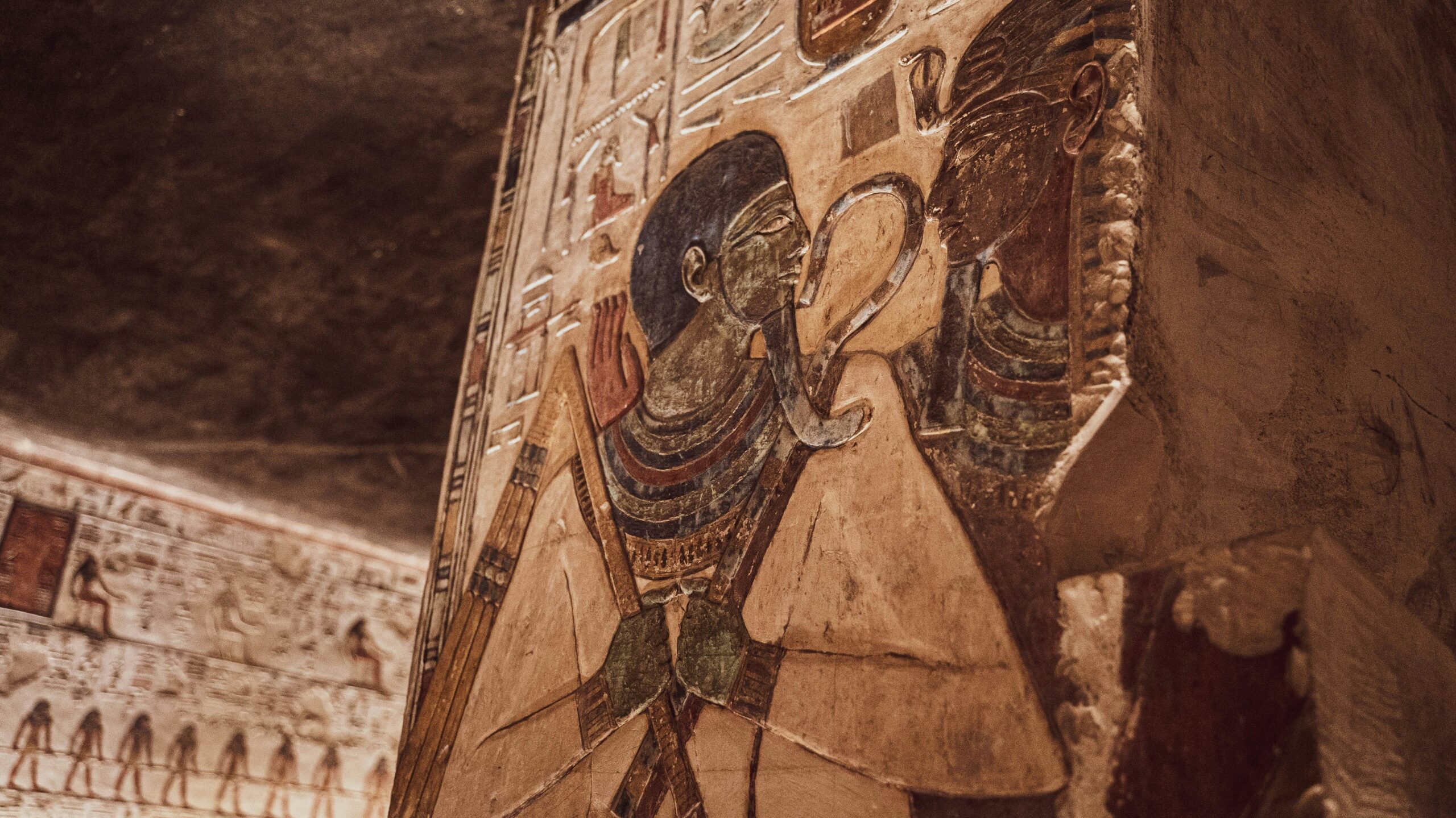Day 1: El Gouna to Luxor
Morning:
- Departure from El Gouna : Early morning departure to make the most of the day.
- Drive to Luxor: The drive takes about 4-5 hours.
Late Morning:
- Visit Karnak Temple: One of the largest and most impressive temple complexes in Egypt. Spend around 2-3 hours exploring the various temples, chapels, pylons, and obelisks.
Afternoon:
- Lunch: Enjoy a traditional Egyptian lunch at a local restaurant.
- Luxor Temple: After lunch, visit Luxor Temple, a beautiful temple dedicated to the rejuvenation of kingship. The temple is especially stunning in the late afternoon light.
Evening:
- Check-in at Hotel: Check into a comfortable hotel in Luxor to relax and refresh.
- Sound and Light Show at Karnak Temple (Optional): If you have the energy, consider attending the evening sound and light show at Karnak Temple.
Day 2: Luxor
Morning:
- Valley of the Kings: After breakfast, head to the West Bank to visit the Valley of the Kings, where you can explore several tombs of ancient Egyptian pharaohs.
- Hatshepsut Temple: Visit the impressive mortuary temple of Queen Hatshepsut, one of the few female pharaohs of ancient Egypt.
Late Morning:
- Colossi of Memnon: Stop by the two massive stone statues of Pharaoh Amenhotep III.
Afternoon:
- Lunch: Enjoy another traditional Egyptian lunch.
- Medinet Habu: Visit the Mortuary Temple of Ramesses III, known for its well-preserved colorful reliefs.
Late Afternoon:
- Drive back to El Gouna : Depart Luxor in the late afternoon and head back to El Gouna .
This itinerary provides a balanced mix of sightseeing, history, and relaxation, making it a perfect two-day trip for your clients to enjoy Luxor’s incredible ancient wonders.
 Valley of the Kings
Valley of the Kings
Valley of the Kings is a portal to paradise used by the greatest kings and queens of Egypt’s new kingdom (1570-1070 BC). The valley contains 63 tombs filled with amazing treasures, artifacts, statues, and phenomenal decorations and the remains of pharaohs such as Ramses II, Amenhotep I, Hatshepsut, and Tutankhamun. The Valley of the Kings became a World Heritage site by UNESCO in 1979.
 Hatshepsut Temple
Hatshepsut Temple
Hatshepsut temple is a vision from the paradise known as Djeser-Djeseru “Holy of Holies” which is a symbol of idealism, allure & might to the most successful rulers in the history of ancient Egypt Queen Hatshepsut dating back to 1479 BC. It was dedicated to the creator god Amun and to honoring the great legacy of Hatshepsut. The design of the temple is mesmerizingly brilliant based on the style of Classical Architecture of the new kingdom

Colossi of Memnon
The Colossi of Memnon are two colossal blocks of quartzite sandstone standing at 18 m (60ft) tall and weighing 720 tons each resembling Pharaoh Amenhotep III(1386-1350) that have traveled a long way from Cairo to Luxor to become the protectors of this great city. The colossi were destroyed by an earthquake in 27 BC and reconstructed in 199 AD then became famous during the Greco-Roman period because of The Vocal Memnon phenomenon.
 Lunch Time
Lunch Time
Enjoy a delicious lunch at a local restaurant in Luxor. Sample traditional Egyptian dishes and take a break to rest and recharge for the rest of the day.
 Karnak Temple
Karnak Temple
Karnak temple is the location where the heavens intervened and surrounded the place with grandeur and beauty, it was known as Ipet-isu The Most Selected of Places & Pr-Imn House Of Amon when it was constructed more than 4000 years. It has been one of the biggest religious man-made constructions on earth for more than 1500 years and the worship center to various deities like Osiris, Ptah, and Isis but was dedicated primarily to the Theban triad which consisted of Amun, Mut, and Khnsou.

Luxor Temple
The temple was primarily constructed during the reign of Pharaoh Amenhotep III in the 14th century BCE and expanded by Ramses II in the 13th century BCE.
Luxor Temple was dedicated to the Theban Triad of deities: Amun, Mut, and their son Khonsu.
Unlike other temples in Egypt, Luxor Temple is not dedicated to a god or a deified version of the pharaoh in death. Instead, it is dedicated to the rejuvenation of kingship; it may have been where many of the kings of Egypt were crowned.













